In an ideal world, our children go to schools and universities where they don’t need to concern themselves with their safety. Self-protection would be an idea that youth need to only hear about in stories passed down from parents and grandparents. But, we all know that’s not true. Whether we like it or not, weapon-free zones have a large, and hard to miss, target on their backs. Teaching our children to be self-reliant in protecting themselves, particularly when they are on campus. Our children need to be able to protect themselves and not expect someone else to step up, especially those who leave the comfort of their home towns and begin living as college students.
Why Schools and Universities Become Targets
The foundation of all established education programs is made up of trust and security. Aside from the textbook curriculum, students are growing and learning in their personal lives every day. This growth, combined with the stress of student life, can create a volatile mix of stress, hormones, insecurities, anger, and ultimately, learning how to make adult-based decisions about all of these new emotions and lifestyle changes.
You don’t need us to remind you of what it was like to have your first crush, get offered your first drink under-age, or your first heartbreak. Combining those emotions with growing independence means that your children will be focused more on what immediately impacts them rather than what’s going on around them. Making them, unfortunately, easy targets.
Rules About Weapons on Campus
Almost all institutions are firearm free and have fairly cut and dry rules about them. Despite the fact that the legal age to own and operate a firearm is eighteen, newly minted adults are stripped of this right for a minimum of four years if they choose to live on campus. In almost all cases, you cannot have a firearm on your person, in a stored container, or in your vehicle. This is including any firearm parts, like clips, ammunition, or scopes. If you can put it together and turn it into a weapon, then it’s not allowed.
In most cases, if you are caught with such items, the prohibited items will be confiscated by the school and the local police, you’ll be detained for questioning and be faced with some potential legal ramifications, and there will be some sort of fine or reprimand which leaves you with a smudge on your record and/or a very empty wallet. None of which are options that sound ideal.
So, What Can You Have?
Since most people choose to carry a firearm for personal safety, most campuses offer other viable alternatives to self-defense. Weapon-free zones will typically allow mace, pepper spray, select tasers, specific pocket knives, and other concealable items, but you should always check with your school administration and campus security to avoid any legal problems or fines. The school’s administration has the right to change up any small details, so be sure to read up on any institutions rules before assuming what you decide to carry is legal.
Mace or pepper spray comes in hundreds of options that you can use to tailor your self-defense to something you’re comfortable with. There are watches, the classic key chain look, holster fitted cans, and some that even look like small water guns. With any choice, take into consideration when you’ll be carrying it, what else you’ll have with you, and the range you may need. A personal favorite for running are the small pepper spray guns that attach to your body with a holster for easy access.
Tasers are the next level up for self-reliance and everyday protection. These can be disguised or easily concealed much like mace or pepper spray options. However, there are probably more restrictions for tasers, so read up on the weapon-free zones you’ll be working in before making a purchase. Some are shaped to fit your fist or are disguised as flashlights or batons, and others work like a gun and can stop an attacker from a maximum range or work like the original design.
Knives are also a great personal defense option, simply because they are easy to carry, conceal, and use. Plus, having a knife on you can help in everyday situations too, not just dangerous ones. The most common knife regulation is the length of the blade, meaning that you’ll still have hundreds of options to find the perfect fit for you. However, unlike tasers and pepper spray, knives require more training for everyday carry. While it might be common sense to not mace yourself or get pepper spray in your eyes, wielding a knife requires more familiarity and skill. Knives, like tasers, also require you to be within arms reach of your attacker, which is something you may want to avoid altogether if you have the option.
Now, you’ve got other options for your weapon-free zones. Many people are comfortable carrying tactical pens, titanium toothpicks, key chains, or even really cool canes.
Avoid “Typical”, and often Dangerous, Behavior
Weapons are not the only way to protect yourself in a weapon-free zone. In fact, you shouldn’t solely rely on a pocket knife or mace as your only protection. One of the best ways to protect yourself is to develop a strong understanding of situational awareness and learn to live your life in a way that you’re comfortable and safe, while still highly aware and paying attention to your surroundings. .
College students have arguably the most predictable routine and habits, especially if they live on campus. They are easy to predict because they have class, study hours, part-time jobs, and go to the same hangouts. A simple way to protect yourself is to change up the route you take to class. Try not to go on autopilot towards the next part of your to-do list. Staying unpredictable not only keeps you safe, but it offers something new to your day-to-day routine.
Being aware of your surroundings, noting anything that might be beneficial in a crisis, is especially important to protecting yourself in a weapon-free zone. Exits, good hiding spots, emergency phones, and stairwells are great places to start. Next, you’ll want to start recognizing faces so if you come across anything abnormal, it will stand out to you.
Finally, as frustrating as it may seem, avoid sharing all aspects of your life on social media. It makes it too easy to study your habits, where you like to visit, and ultimately, how to make you an easy target. Avoid posting pictures until you’re done with the event or vacation until after you’re safely back home.
Be Cognizant of Your Surroundings
It’s not cool to steal or try to break into someone’s car- the alcohol might say something different- but you don’t want to make personal decisions or be present when your friends make a decision that will impact their lives negatively.
If you see bad stuff happening, say something and do what you can–safely. Sexual assault, break-ins, robbery, and other crimes are moving up steadily at colleges across the nation. Both men and women need to take precautions in their friendships, relationships, and your environment because of the issues at the forefront of the political scene.
At the end of the day…
Only you will have your best interest and safety at heart. So do yourself a favor and follow the rules to be as safe as possible. Rather than being the victim and blaming everything and everyone that’s around you, fight the possibility of needing to become a survivor by taking the needed precautions. Lastly, if you feel the need to, make your voice heard to protect a group from harming themselves or others. Being a leader or taking a stand takes requires you to be ready for the backlash from your peers, as peer leadership is the most difficult. Which is exactly why it’s worth it.



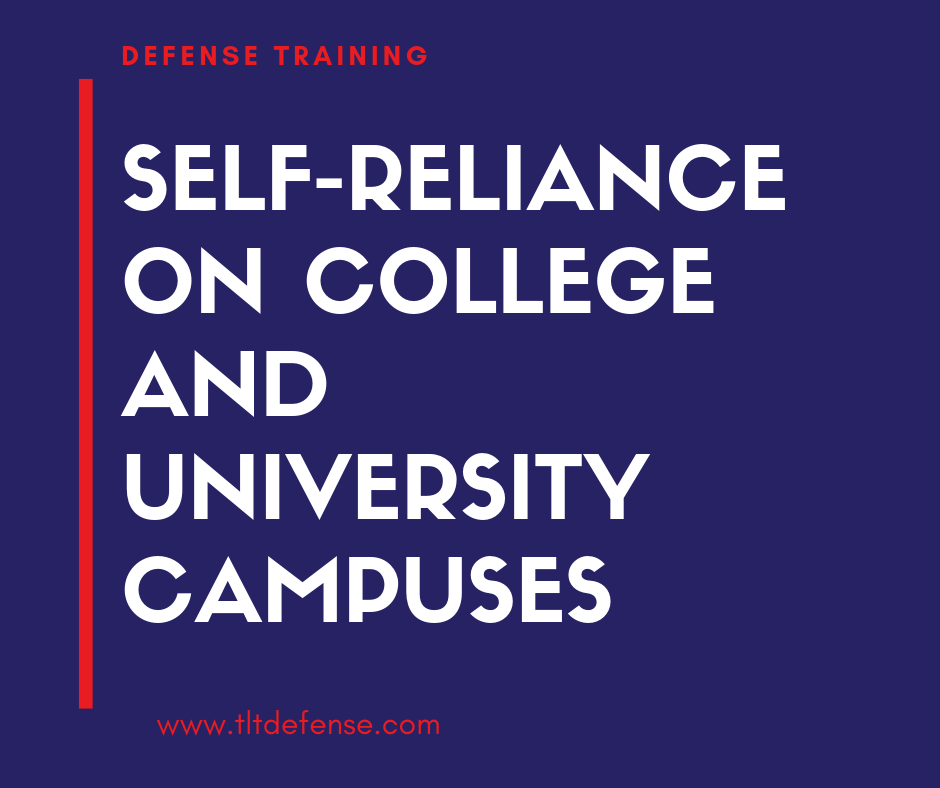
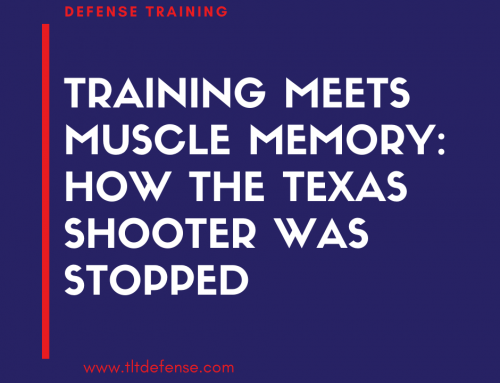
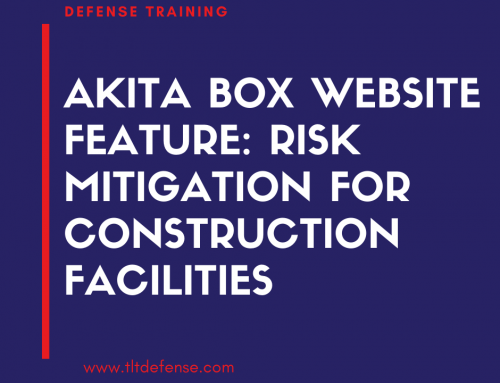
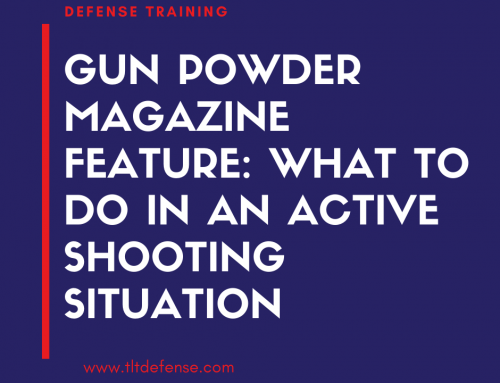
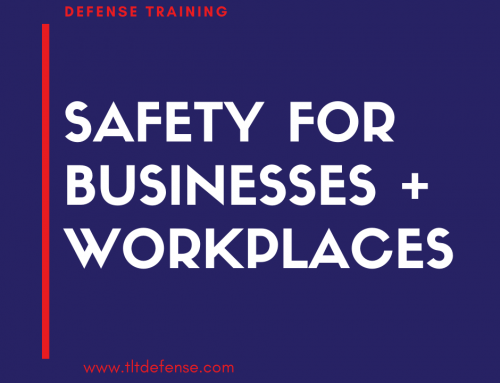
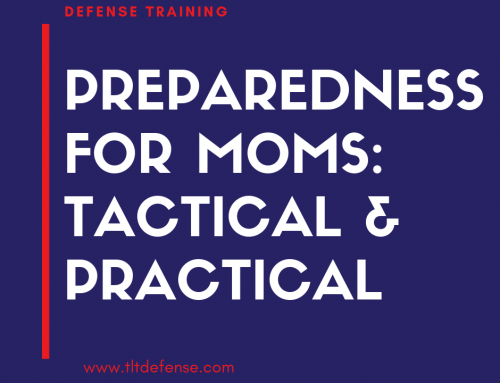
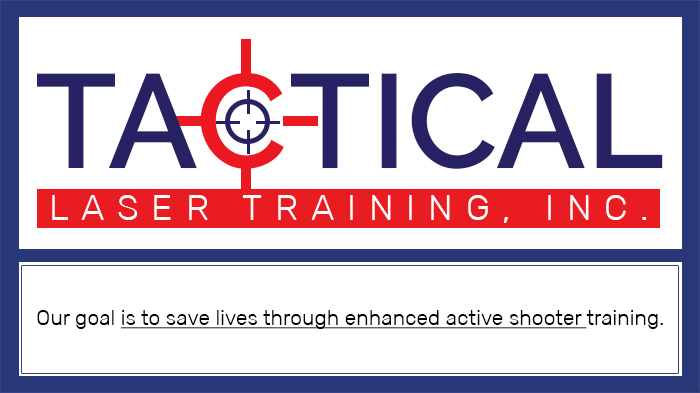
Social Contact